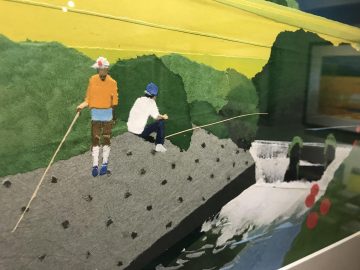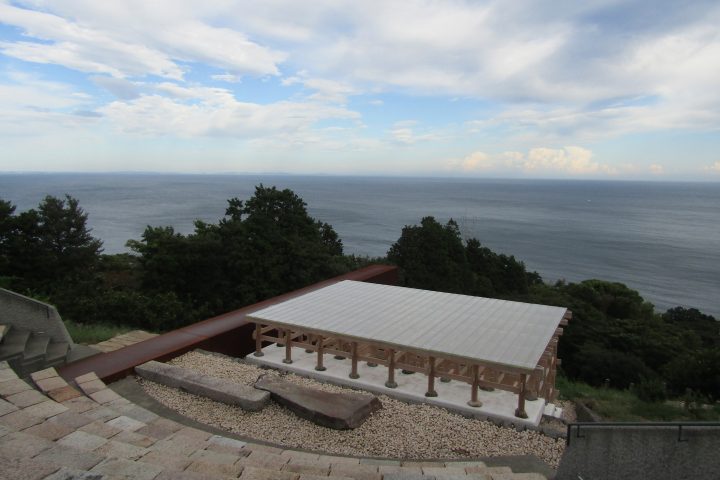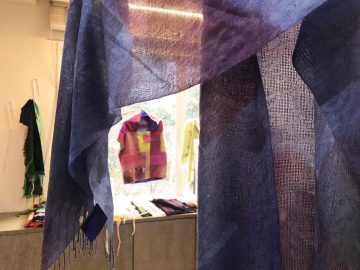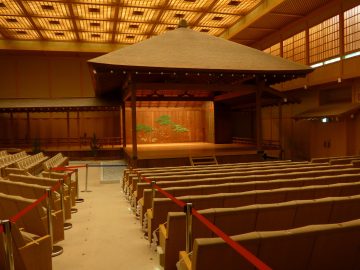Interview with Chisato Tanaka | Discovering that "artists are not alone"
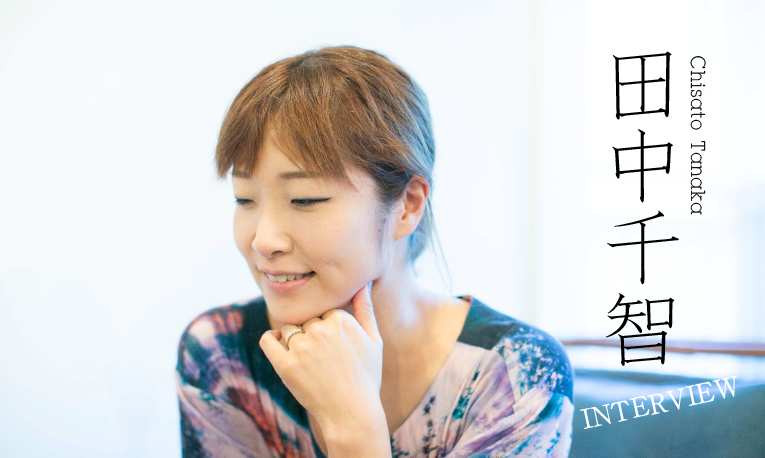
Interview & Text: Shinichi Uchida Photo (Portrait): Masamasa Nishino
Filming cooperation: Bistro Burger Shimokitazawa Grill
Yokohama Civic Gallery's New Art Exhibition NEXT is a notable event held every autumn, introducing young, up-and-coming artists with ties to Yokohama, with the theme of Yokohama's creative city. The third installment features painter Chichi Tanaka. In recent years, she has been active in her hometown of Fukuoka Prefecture, participating in the Fukuoka Asian Art Triennale 2014. In 2008, she took on the challenge of making portraits of over 100 local residents at the first Koganecho Bazaar. She says that this challenge brought about an important realization for her work as a painter. Now being held seven years later, this exhibition marks a long-awaited reunion with Yokohama, and is her largest solo exhibition to date, with approximately 86 pieces of work displayed in galleries and around town. It is the culmination of her work to date, and the starting point for a new creative endeavor. One day, just before the opening, the interview began with her receiving a business card that simply read, "Painter Chichi Tanaka."
The story behind the making of "Portraits of 107 People"
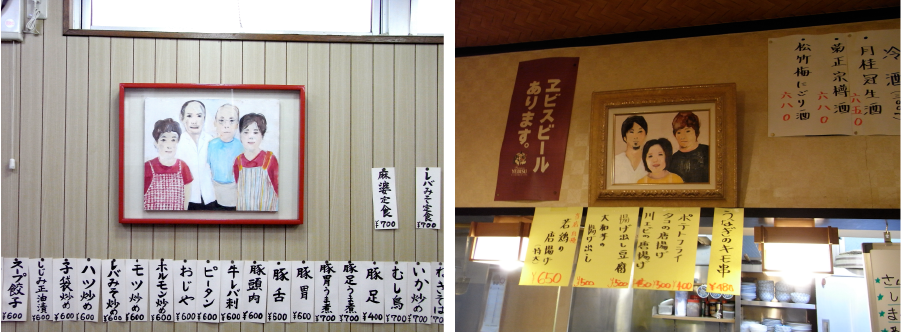
Chisato Tanaka "107 Portraits" exhibition view / 2008 / Koganecho Bazaar (Kanagawa)
──Among the works in this solo exhibition, "107 Portraits" is Tanaka's first connection to Yokohama. It is a portrait series that was born during your residency at the first "Koganecho Bazaar" in 2008.
Tanaka : Yes. It was a project where I painted portraits of people who run restaurants in Kogane-cho and then had them exhibited in their shops. For the visitors, going to see them was like taking a tour around Kogane-cho Station and Hinodecho Station.
--So this was an attempt to build a bridge between the town and locals and visitors alike through art. Where did this idea come from?
Tanaka : It was a suggestion from director Shingo Yamano. Mr. Yamano and I are both from Fukuoka prefecture, so we had had occasion to talk in our hometowns from time to time.
--So, based on those interactions, your proposal made use of Tanaka's creative style?
Tanaka : Until then, I had never painted a portrait of a real person (laughs). So, to be honest, at first I was confused and thought, "Wait, me doing that?!" But on the other hand, I started to think that it was a challenge for me that I could only take on because of this opportunity. So, I decided to give it a try.
--How did you actually end up depicting 107 people?
Tanaka : First, I contacted the restaurants in the target areas one by one, and the person in charge from the secretariat and I visited them in person to explain the purpose of the project, and we drew those who agreed to participate. However, as an artist who suddenly came from outside the area and made such a request, there were many difficulties. I was asked, "So, do I have to pay for this?" (bitter laugh).
--It's true that it's rare to have your portrait painted in oils, so it's natural to be a little wary. In addition, it was the first time the "Koganecho Bazaar" was held, so it must have been hard for anyone to imagine what would happen.
Tanaka : However, as I tried my best to explain my intentions to them, I naturally had the opportunity to talk to them about various things. It wasn't like a typical interview, but it included things like what they wanted to do with their town in the future.
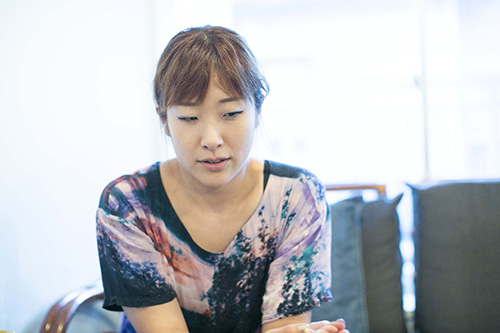
--The background to the creation of Koganecho Bazaar was the desire to transform an area that was once home to many illegal restaurants into a place that would revitalize the town and generate new forms of interaction.
Tanaka : Yes. Everyone seemed to have a strong desire to make their town a better place. However, when it came to the specifics of what should be done to achieve that, I felt that there were a variety of opinions. "But what will change with art?" was actually asked, and I couldn't give a clear answer to that question...
──But I imagine that there were some exchanges that were possible precisely because Tanaka was not a government official or a reporter, nor an artist who excels at research, but simply wanted to paint a portrait. Was there a real meaning behind Yamano's unexpected proposal?
Tanaka : I guess that was the case (laughs). Anyway, for about two months, I lived in an artist residency facility provided in the city, visiting people, taking photos, and simply painting portraits. In addition to the restaurant staff, I also painted a variety of people, including government officials and the administrative staff of the Koganecho Bazaar... As a result, the experience of meeting and painting various people connected to a single area was a very valuable experience for me. Also, it was a good experience to be able to interact with the artists who were also visiting for a residency.
--Do you have any memories of each of your models?
Tanaka : When they let me draw them, each one of them has various requests. For example, they might want me to draw them with their precious family members, such as their grandchildren or pet dog. Also, many of them are busy running their stores, so I first take a photo for the production, but they sometimes say, "If that's the case, please come back another day!" (laughs).
──After all, if you're going to have your portrait painted, you're concerned about grooming. It must be a lot of work to visit frequently, but it also seems like it would lead to repeated conversations. I think those interactions were also reflected in the portraits as a glimpse into each individual's life and lifestyle.
Tanaka : As a token of our appreciation, we decided to give the completed portraits to the people themselves after the exhibition. When the gallery suggested that we borrow and exhibit the portraits for the first time in seven years, somewhere in my heart I was worried that there might not be any left. However, it seems that everyone had kept them, and I was so happy that I almost cried. In addition to the gallery exhibition, some of the portraits will be displayed in various stores during the exhibition period.
--There was also an anecdote where one of the models purchased another of your works after the 2008 project.
Tanaka : Yes. There was a silent auction where people who wanted to buy a painting wrote down their desired price and put it in a box, and when I saw the name of the person who offered the highest bid, I realized, "Oh, that's the person from that store."
--So collectors were born from the relationship between painter and model.
Tanaka : I was very surprised and thought, "I wish he would say something!" (laughs), but I was really happy. This time, I was able to borrow one piece from his collection and exhibit it.
A fantasy painting of pitch black that evokes the "background"

"Somewhere in the World Today" / 2011 / Oil, acrylic, canvas / 227.0 x 364.0 cm
──As with the works you just mentioned, there are other paintings in a style that is quite different from "107 Portraits." While "107 Portraits" had a predominantly white background, these have a jet black background against which fantastical, sparkling figures and cities emerge. Would you say that this is a representative style of your recent work?
Tanaka : Actually, I started painting these pictures at the same time that I decided to stay and work at Koganecho. Until then, I had always had trouble deciding on the background for my paintings. I couldn't decide on something that suited me. So I thought, what if I just left the background blank? That's what got me started.
-- The engrossing black background accentuates the mysterious aura of the depicted characters, giving the impression that a rich story is to be told.
Tanaka : At first, I painted the background with oil paints, but the unique luster made the darkness stand out strangely. So I used acrylic paints only on the background, and was able to express a flat black, which I felt created a contrast with the foreground and a sense of incongruity in a good way, so I chose this combination.
-- In these works, are there models for the motifs you depict?
Tanaka : No, I usually just draw something in the middle of a black screen, and think, "Is this a person? Is this a woman?" I start from scratch and come up with ideas as I draw. In that sense, I think it's a different way of drawing from "107 Portraits."
So you were experimenting with these two contrasting works at roughly the same time.
Tanaka : That's right. If I had to mention one other change that came from my experience in Koganecho, it would be that I started getting more opportunities to draw for things like book covers, music album covers, and poster visuals for film festivals and theater performances. It just so happened that that was the time when I started getting those kinds of requests, but thinking back, it may have been influenced by something I noticed during the Koganecho project.

"Angel Esmeralda" / 2013 / Oil, acrylic, canvas / 80.3 x 130.3 cm
--What does it mean to realize something?
Tanaka : Until then, I had always thought that painting was something you did alone, that in a sense it was a solitary creation, but I realized that I could paint while interacting with other people. I also realized that the best thing about portraits is that the model looks like me, so I started to think that it might be good to try painting something that responds to someone's feelings. Of course, I continued to paint as before, without being asked by anyone.
Does that also lead to new discoveries within yourself?
Tanaka : For example, in recent years, I have been in charge of the main visuals for the Tokyo Northern Lights Festival, a film festival themed on Nordic films. Apparently the reason for the request was that my paintings with black backgrounds looked "Nordic-like." In fact, I have never been to Northern Europe... But thinking about it again, I wonder if that black was more to do with my hometown of Itoshima City, where I spent my childhood - a very rural area at the time, with no streetlights at night, and the scenery lit only by moonlight. Also, when I am commissioned to draw something, I think, "What kind of content would make people happy?", and this sometimes becomes a different kind of stimulus from my previous work.
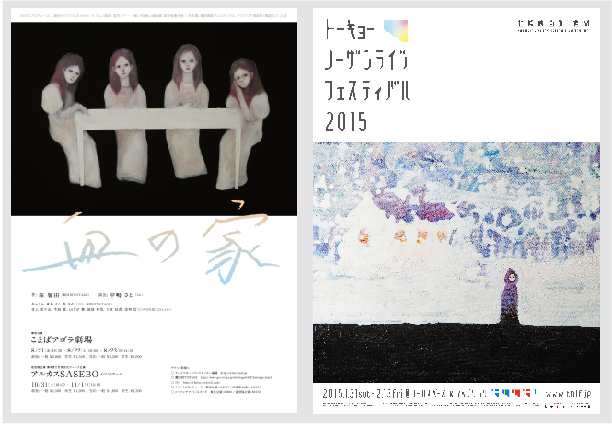
Flyer for the play "House of Blood" / Flyer for "Tokyo Northern Lights Festival 2015"
A polyhedron colored by a single artist
--Having heard your story so far, it seems like this solo exhibition is a sort of culmination of your work to date, an opportunity to bring together paintings from a variety of different backgrounds in one place.
Tanaka : That's right. This time, I will first exhibit "107 Portraits" on the first floor of the venue, as well as a group of works that were commissioned. I wanted to make the entrance to the exhibition as wide as possible to welcome visitors, including those who have come to know my paintings through books, CDs, film festivals, etc. In the exhibition space in the basement that follows, I will exhibit a group of works that I have created as a painter. In addition to new works for this exhibition, these include large paintings that are 3 meters wide, works that I have exhibited at the Fukuoka Asian Art Museum, and works that were created through my participation in "WATAGATA info Fukuoka Busan Art Network," an exchange of artists between Fukuoka and Busan, Korea.
-- Yokohama, Fukuoka, Busan... It's interesting that all of these are port cities where various cultures have come and gone. Do you think that various invisible "connections" will emerge?
Tanaka : That makes sense (laughs). Speaking of connections, pianist Masaki Hayashi is also scheduled to perform a one-night-only live show in the exhibition space during the exhibition. This was made possible thanks to my connection with him and bassist Toru Nishijima, who I had the honor of illustrating the album jacket for. So, I hope that people who know my paintings somewhere will be able to experience the various aspects that the same painter has worked on and been involved in. Of course, I feel the same way about the people whose portraits I painted in Kogane-cho. I want to tell them that I've done things like this. I was worried that if the image of the portraits from that time was too strong, they might say, "That's a rather dark painting" (laughs).
──It would be fun if the collector I mentioned earlier came on stage and started explaining, "Look, this is what's so attractive, right?!" (laughs) Finally, please tell us about the title of your solo exhibition. "I am a Painter" is a simple yet powerful phrase. Did you decide on the title yourself?
Tanaka : Yes. From a certain point on, I had been wondering whether I was an "artist" or a "contemporary artist". When I was in art school, I took courses in contemporary art in addition to figurative and abstract painting, but I realized that I felt most comfortable just drawing pictures, rather than creating works with complex concepts. After going through the events I've been talking about today, I've recently come to think that I would like to naturally incorporate "drawing" into my daily life. So, I'd like to simplify things and just call myself a "painter" and have people look at my paintings, and then use that as a turning point and continue drawing again - that's what I'm thinking now. I hope that many people will visit the venue.
CHISATO TANAKA/[I am a painter] from Chitomo Tanaka on Vimeo .
